-
Do we still need animal testing?
Sarah Harding
September 26, 2021
How quantum computing help non-animal testing in pharma. Quantum has the potential to disrupt drug discovery.
-
MIMETAS Launches Ready-to-Use 3D Adult Stem Cell Organoid Tubules
PharmaSources
March 08, 2023
MIMETAS,a leading company in the field of organ-on-a-chip-based disease models, announces that it has launched its Adult Stem Cell (ASC)-derived tubular organoids in an assay-ready format.
-
ICR scientists create 3D protein structure for new therapy development
pharmaceutical-technology
December 21, 2020
The UK Institute of Cancer Research, London (ICR) researchers have created a three-dimensional (3D) structure of a complex of molecules for new therapies.
-
Osteopore(R) highly commended for its innovative healthcare product at TCT Awards
En-CPhI.CN
October 24, 2019
Osteopore, a medical device company that designs and manufactures regenerative implants made via 3D printing, has been highly commended at the prestigious TCT Awards where industry leaders celebrate innovators ...
-
iBio Announces 3D Bioprinting Agreement
contractpharma
August 22, 2019
Focus on producing recombinant human collagen-based bioink for 3D bioprinted organ transplants.
-
3D printing technique creates super soft biological structures
europeanpharmaceuticalreview
April 30, 2019
A new 3D printing technique allows researchers to replicate biological structures, which could be used for tissue regeneration and replica organs…
-
In-air microfluidics produces 3D printed structures of living cells
europeanpharmaceuticalreview
April 29, 2019
Scientists have succeeded in printing 3D structures with living cells, this enables the production of micro building blocks that are viable and can be used for repairing damaged tissue…
-
3d simulation gives authentic representation of left-hand heart mechanisms
europeanpharmaceuticalreview
April 25, 2019
3d simulation gives authentic representation of left-hand heart mechanisms.
-
3D heart tissue created for drug testing
biospectrumasia
June 12, 2017
Using the 3D heart tissue, scientists were able to correctly predict cardiotoxic effects based on changes in the beating rate, even when these were not detected by conventional tests.
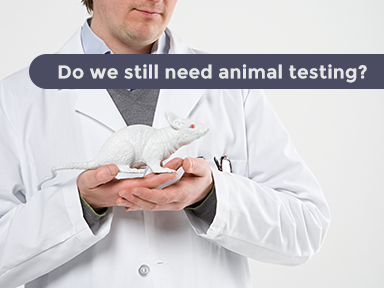

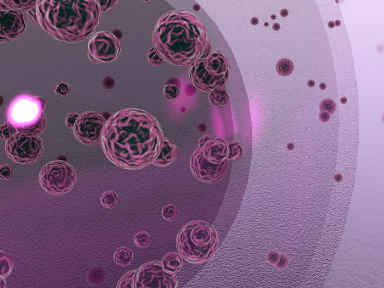
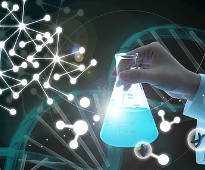

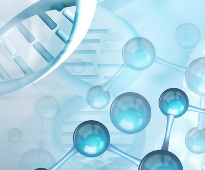
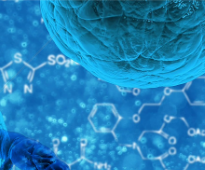
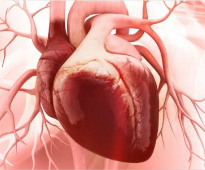
 ALL
ALL Pharma in China
Pharma in China Pharma Experts
Pharma Experts Market News
Market News Products Guide
Products Guide Brand Story
Brand Story






 Pharma Sources Insight January 2025
Pharma Sources Insight January 2025








